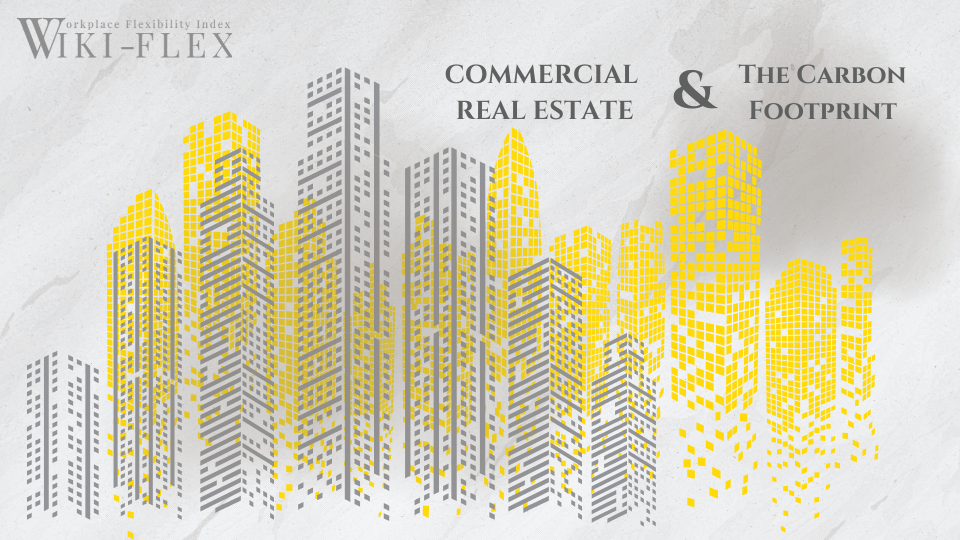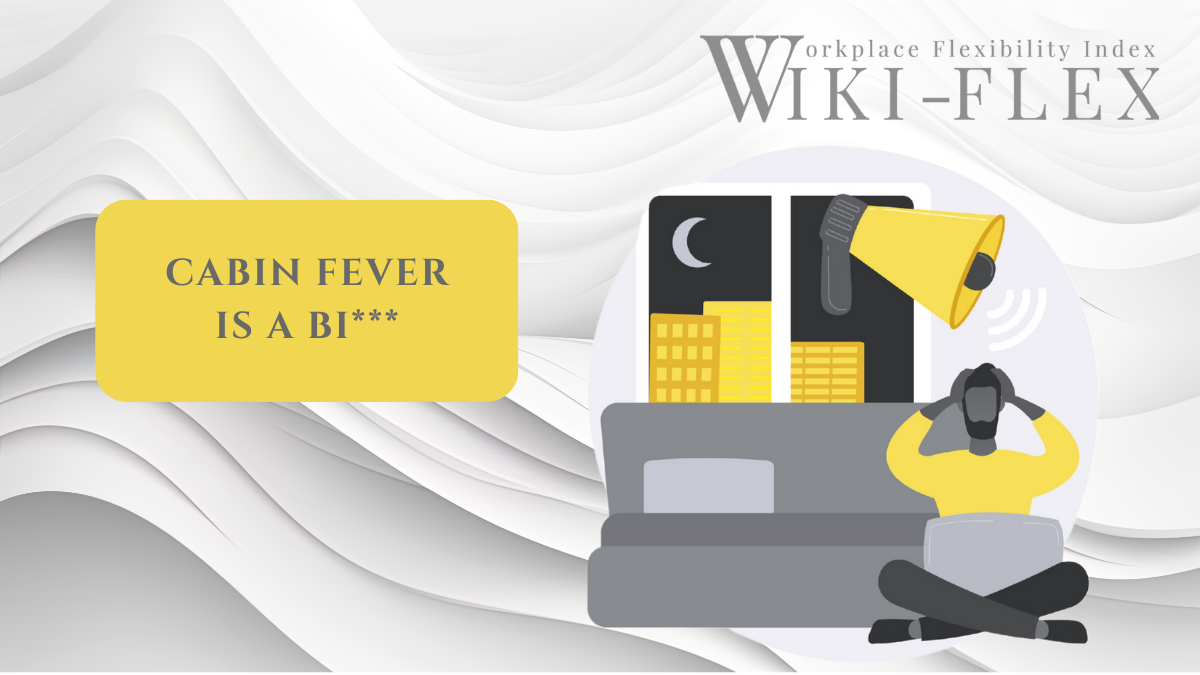The idea that an ample office space goes hand-in-hand with the general success and growth of a firm is fast changing. Renting and leasing commercial properties and expensive concentrated offices has been permanently reduced and has become need-driven and spread out.
But how does this shift benefit the environment? In more ways than one.
Keep in mind that sustainability isn’t just going to remain a matter of preference for too long. It will slowly but surely be made mandatory. Risk management for businesses against the cost of carbon footprint will be critical and the surest way to start is to lean into the future of work in a calibrated form.
Pollution:
Most office spaces are concentrated in urban areas to accommodate potential clients and the city workforce and to obtain exposure. Urban areas are also defined by a lack of greenery (while on this topic, two teams in Barcelona have published studies that connect the lack of green spaces in cities to the mortality of the population – look it up, it makes for interesting reading).
With remote and hybrid work and a lowered demand for commercial properties, there will be a direct, positive impact on the environment in terms of increasing trees and plants in urban areas. This happens in two ways – an increase in residential homes as well as reduced deforestation to make way for commercial areas. This change will significantly tackle pollution – more trees will absorb more emissions of greenhouse gases, filter toxic chemicals and improve air quality in cities.
Construction Materials:
Generally, construction and building material (like bricks, steel, cement, marble, porcelain, glass, copper, foam, insulation, water, sand and the energy required to construct it all together) have a massive carbon footprint.
Further, the construction happens in urban areas at greater intensity but the building material needed for building offices and commercial properties comes to the city from non-urban areas which further leads to millions of tonnes of carbon added to the environment from commercial trucks and other heavy vehicles that run on fossil fuels.
Moreover, to support this, roads and other infrastructure are also needed. The Global Status Report for Buildings and Construction found that the construction sector contributed to 39% of energy and process-related carbon dioxide emissions in 2018. With a decline in the construction of commercial properties due to the remote and hybrid work setup, the need for construction materials, transport and the increasing carbon footprint burden will be lowered. And with that will come a reduced investment in supporting vehicles, machinery and infrastructure, and lesser carbon emissions in general.
With an increasing spread in urbanization, residential and commercial real estates keep spreading to the “outskirts” of the cities until those areas no longer qualify as “outskirts” and these areas themselves start developing “outskirts”. With most teams distributed vis-a-vis each other, the distribution into fully remote structure are natural even without the attendant cost savings.
Office Materials, Metals, Mining, Facilities and Hardware:
Offices and workplaces use a host of stationery items every day. The forced digitalization necessitated by remote work will bring a significant dip in the usage of everyday things like paper, printing ink, filing material and safety cupboards (a detailed look at this here). Apart from that, offices have regular facility maintenance that requires tools from floor swabbing buckets and external ladders. With offices closing down and workplaces shifting to a person’s home, the need for these things will widely decrease.
There will also be a reduction in the need and maintenance of machinery material in offices by thousands of tonnes. We all know that the production of materials is a big source of greenhouse gas emissions. A lower requirement for tools, materials and machinery in office spaces due to remote and hybrid work will mean a significantly reduced carbon footprint per office space.
Decongestion of Transport Routes:
Concentrated offices and the commute to and from them, especially during peak hours, have clogged roads forever. Many workers have had to navigate through congested traffic ways on a regular basis. Traffic congestion brings an increase in carbon dioxide emissions and air pollution. At the same time, the green cover available to absorb and reduce these emissions has reduced for the same reason that the emissions themselves have increased – centralization of the premises.
A minimized need for centralized office spaces and commuting to and from them will directly increase traffic operations management, lower the stress on public transport, significantly decongest commute routes in urban areas and lower the carbon footprint impact.
Reduce the Skyrocketing Spread of Real-Estate:
Centralised commercial spaces and properties take up space available for residential land in urban areas. At the same time, the need to live within a commutable distance increases. As a result, the urban sprawl increases outward in search of affordable housing facilities which in turn increases deforestation and at the same time leads to an increased commute back to the office properties and buildings.
The future of work will move in sync with the future of urbanization.




